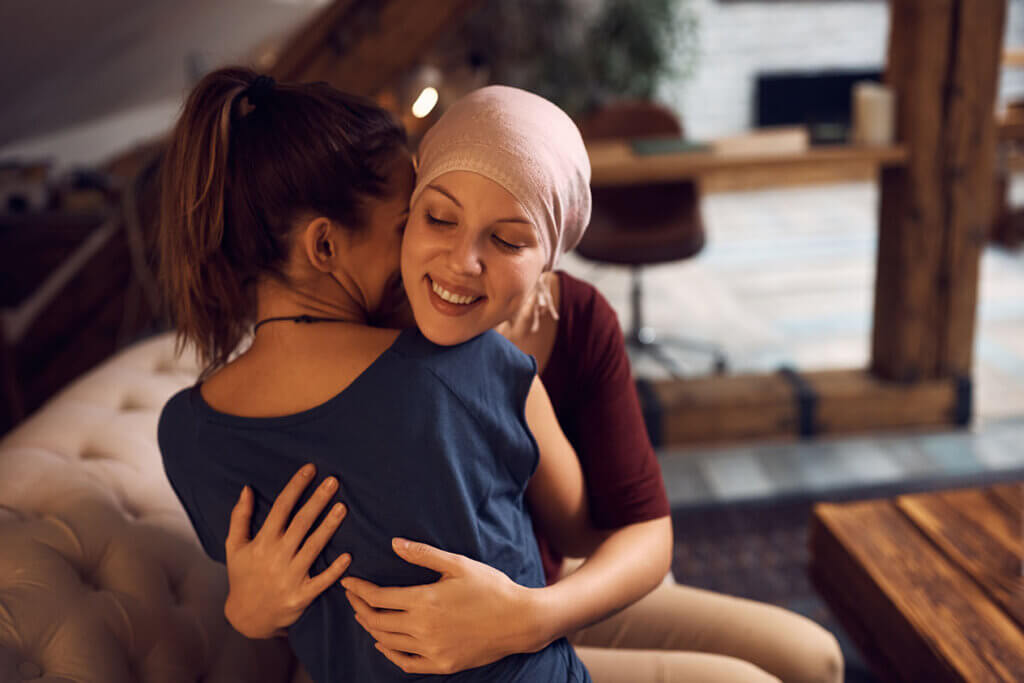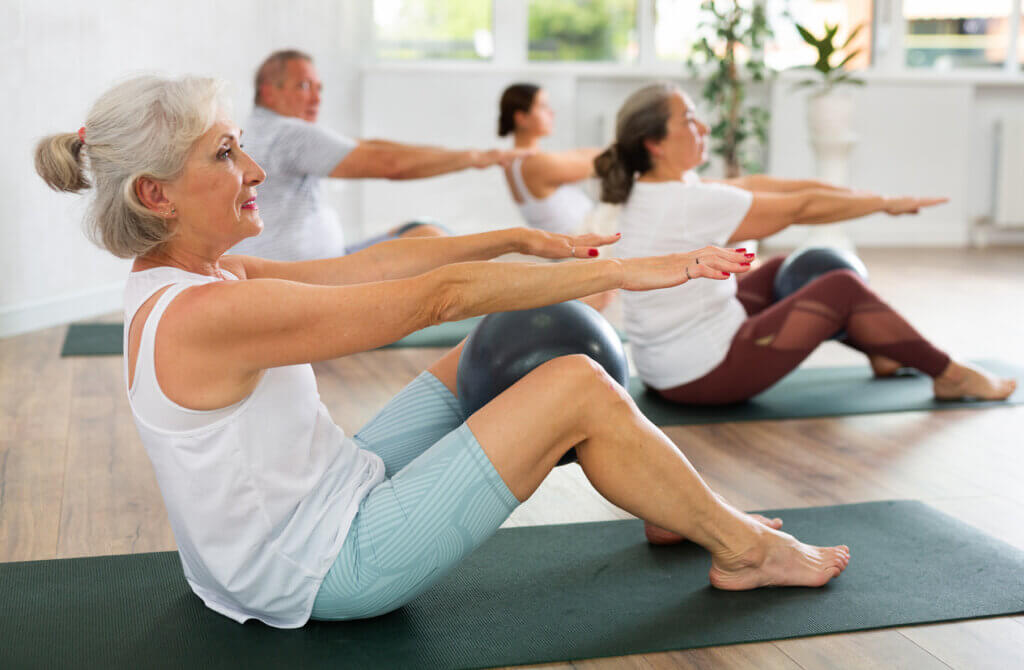Cancer Rehabilitation
with Exercise Physiologists
Why Choose Exercise for Cancer Recovery?
Incorporating exercise into your recovery plan can play a powerful role in rebuilding strength, improving mental health, and enhancing overall quality of life. Whether you’ve recently undergone surgery, are in the midst of treatment, or are navigating life as a survivor, exercise offers benefits tailored to each stage of recovery.

Personalised Cancer Exercise Programs
Initial Assessment
When you are diagnosed with cancer is when you should reach out, the earlier we can intervene with the process and retain strength and muscle, the better off you may be in the long run. Booking an initial consult with one of our Exercise Physiologists to go over your diagnoses and set up a plan ahead is the first step on our journey together!
Safe Exercise Recommendations
Exercise should be part of standard practice in cancer care and should be done in line with treatment to help counteract the adverse effects. Exercises such as Aerobic and cardio exercises, Strength and resistance training, Balance exercises, Pelvic Floor Exercises, and Flexibility exercises are recommended. These will be adjusted to suit where you are in your treatment.
What to Expect
Exercise Physiologists are trained in working with people with chronic health conditions including those with cancer. Our team approaches each person as an individual and knows that no two people are the same. We always want you to feel heard and seen throughout the process and support you through this journey of your life.
Recommended Frequency and Types of Exercise
Weekly Exercise Guidelines
The Clinical Oncology Society of Australia recommends all people who have had a cancer diagnosis should participate in regular physical activity to reach and maintain:
At least 150 minutes of moderate-intensity or 75 minutes of vigorous-intensity aerobic exercise (e.g. walking, jogging, cycling, swimming) each week; and
Two to three resistance exercise sessions (e.g. TheraBand, Pilates, lifting weights) each week involving moderate- to vigorous intensity exercises targeting the major muscle groups.
Sample Exercises for Cancer Patients
Common exercises that will benefit patients:
– Walking
– Stationary bike
– Swimming
– Resistance exercises using a theraband
– Strength training using weights
– Core strengthening exercises
– Balance while standing – eyes open and closed
– Stretching and breathing exercises are often overlooked but are great for the nervous system


Benefits of Exercise for Cancer Recovery
The benefits of exercise vary from each person but you will mainly find these apply:
- Improved muscle strength and fitness
- Improved physical function to help with everyday activities
- Improved immune function
- Improved chemotherapy completion rates
- Improved mood and self-esteem
- Reduced hospitalisation duration
- Reduced psychological and emotional stress
- Reduced number and severity of symptoms and side effects reported
- Reduced chance of developing new cancers and other diseases such as cardiovascular disease, diabetes, and osteoporosis
Why Choose Vector Health Clinic?
Our experienced team of clinicians provides comprehensive exercise treatments for cancer rehabilitation patients, in state-of-the-art facilities. We offer physiotherapy, exercise physiology, and coaching in Rockhampton, Yeppoon, and Biloela.
Our clinics are in 1 story locations with easy accessibility to enter through the front doors in the event you may need a walker or wheelchair. We have facilities and water available for all clients and host a welcoming environment for all patients.
